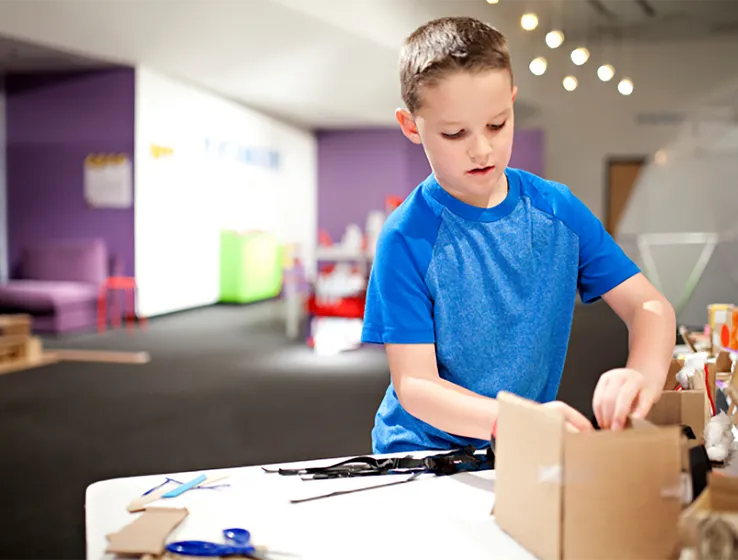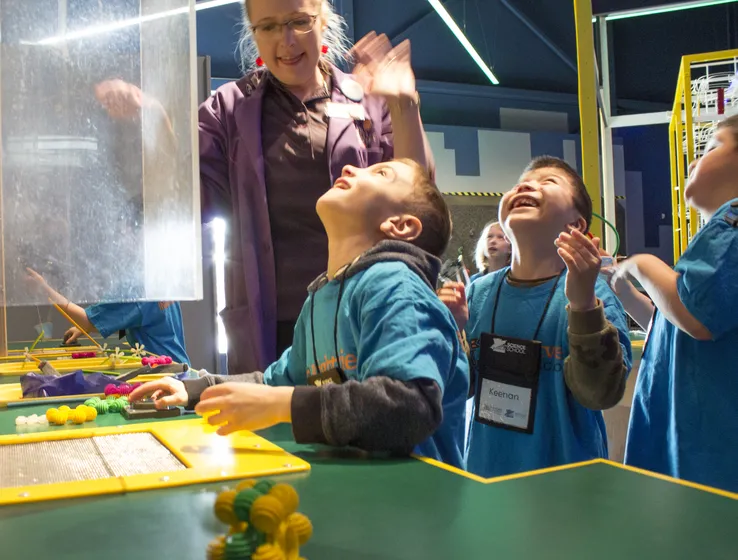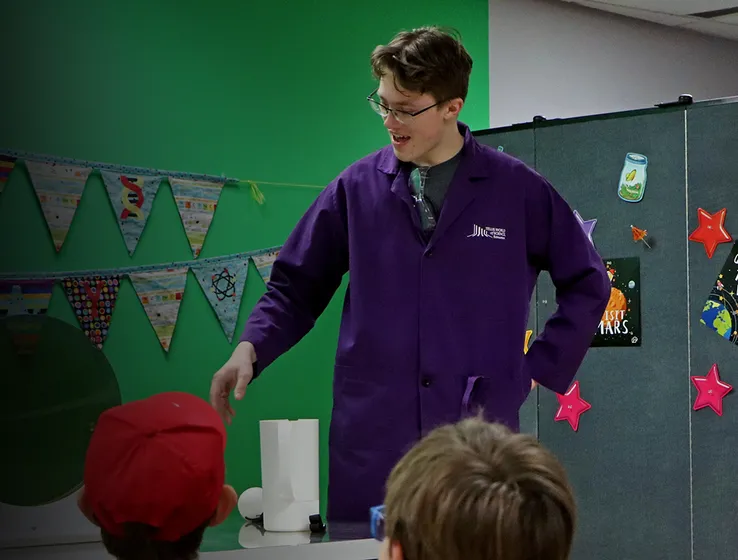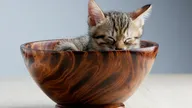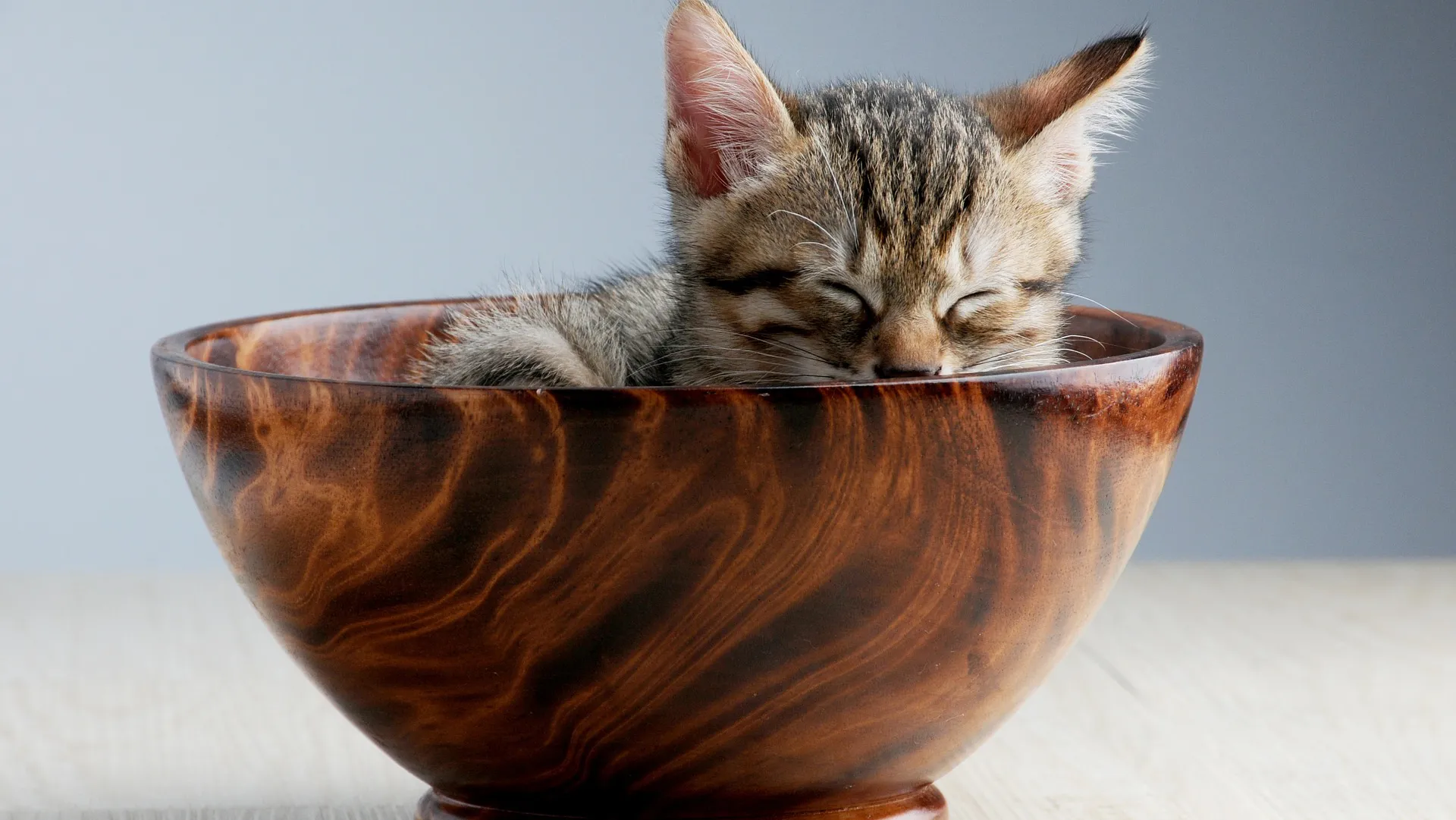Fluid Felines
Posted:
Are cats liquid or solid?
Are cats liquid or solid?
When Marc-Antoine Fardin first saw an article suggesting that cats are liquids he had to laugh, but as a physicist it also sparked curiosity. He decided to apply the physical concepts of rheology, the study of the deformation and flow of materials, to see if the theory could explain the phenomenon of cat movement. (Fardin, 2018).
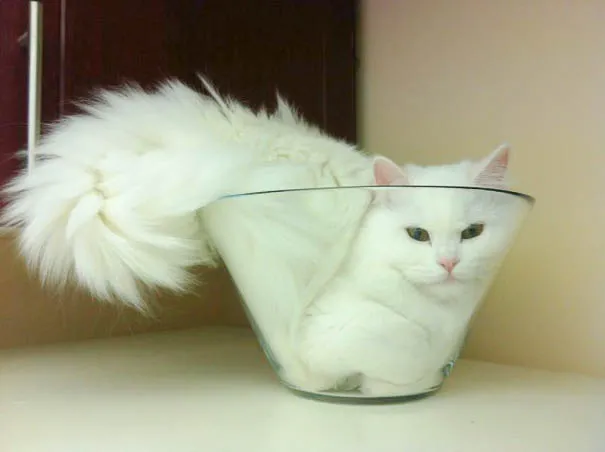
A solid cat would maintain a constant shape, while a liquid cat would be able to flow and adapt its shape to that of its container. Rheology states that solids inherently do not flow, but under stress may be deformed. The classic example is that of a glacier, which over long periods of time deforms beneath its own weight and flows down the valley. Fardin (2014) points out that any flow, by nature, is comprised of deformations, which is a specialty of the feline species to fit themselves into all manner of places.
Matter (or cats) changing shape to fit a container is an action that occurs over a period of time, which Fardin calls relaxation time ( ). To determine whether a material is a solid or a liquid, rheology uses the Deborah number (De) which is calculated by dividing the relaxation time by the duration of the experiment (T). If the Deborah number is greater than one, the material is solid. If the Deborah number is less than one the material is (relatively) liquid. (Fardin, 2018)
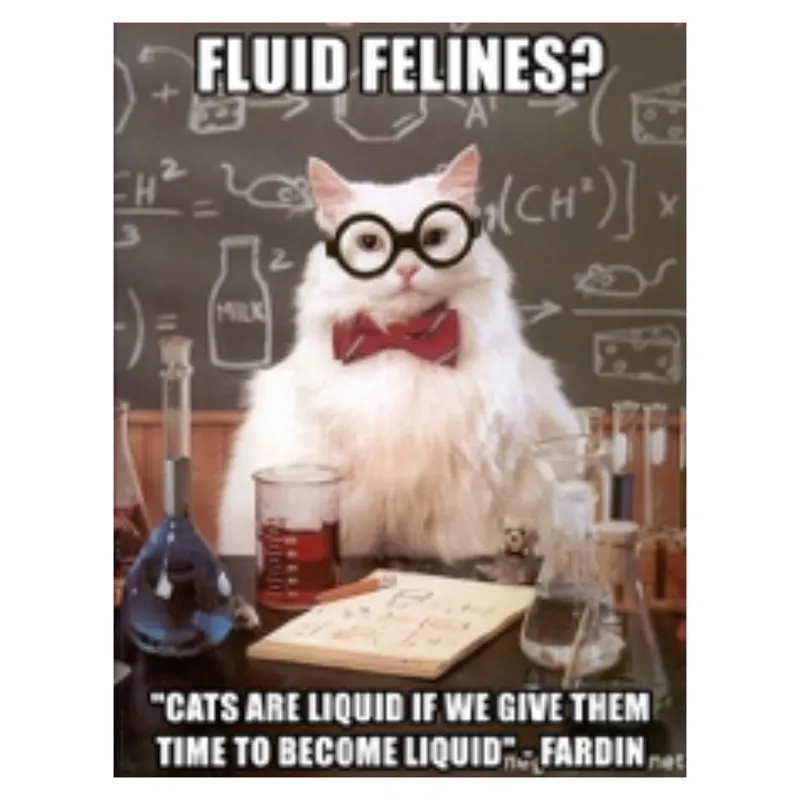
Fardin ultimately determined that “cats are liquid if we give them time to become liquid,” with several influencing factors. Fardin proposes that the type of container, the degree of stress applied to the cat, and the age or relaxation time of the cat may affect feline liquefaction (Fardin, 2014 & 2018). The final unquantifiable factor is the desire of the cat to be in the container; it will be left to future research to unravel the feline psyche and the attraction of squishing oneself into a handbag, or a drawer.
Fardin’s work was acknowledged in 2017 with the Ig Nobel prize in Physics. The Ig Nobel prize was created by the Annals of Improbable Research magazine, as a way to recognize imaginative and absurd science that “makes people laugh, and then think”. The awards are given during an annual ceremony at Harvard University with Nobel Laureates handing out the prizes. (Improbable Research)
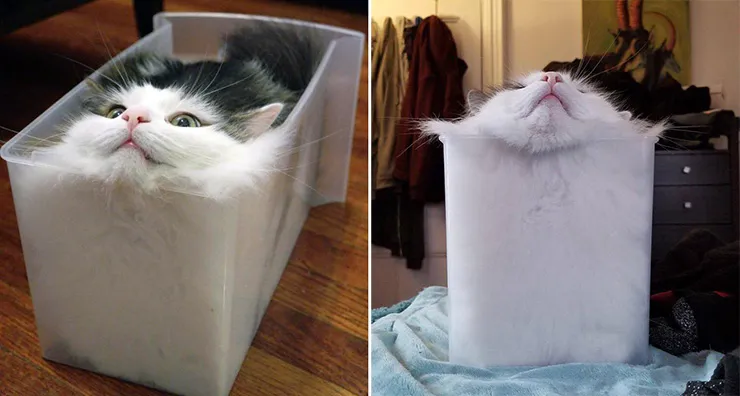
To learn more about the science behind Fardin’s paper here’s a link to his article: Answering the Question that Won me the Ig Nobel Prize: Are Cats Liquid?
To read Fardin’s original paper in the Rheology Bulletin, follow this link: On the Rheology of Cats
References:
Chemistry Cat. Meme Generator. https://memegenerator.net/Chemistry-Cat/caption
Fardin, M.A. (2014, July 9). On the Rheology of Cats. Rheology Bulletin, 83(2), July 2017. Retrieved from: http://www.rheology.org/sor/publications/rheology_b/RB2014Jul.pdf
Fardin, M.A. (2018, November 8). Answering the question that won me the Ig Nobel prize: Are Cats Liquid?. The Conversation.com. Retrieved from http://theconversation.com/answering-the-question-that-won-me-the-ig-nobel-prize-are-cats-liquid-86589
Improbable Research. Retrieved from: https://www.improbable.com/ig/
Oxford English Dictionaries. Rheology. Retrieved from: https://en.oxforddictionaries.com/definition/rheology
Physicist Wins Ig Nobel Prize for Study on Whether Cats Should be Classified as Liquids or Solids. (2018, November, 17). Sunny Skies. Retrieved from: https://www.sunnyskyz.com/blog/2649/Physicist-Wins-Ig-Noble-Prize-For-Study-On-Whether-Cats-Should-Be-Classified-As-Liquids-Or-Solids
Related Articles

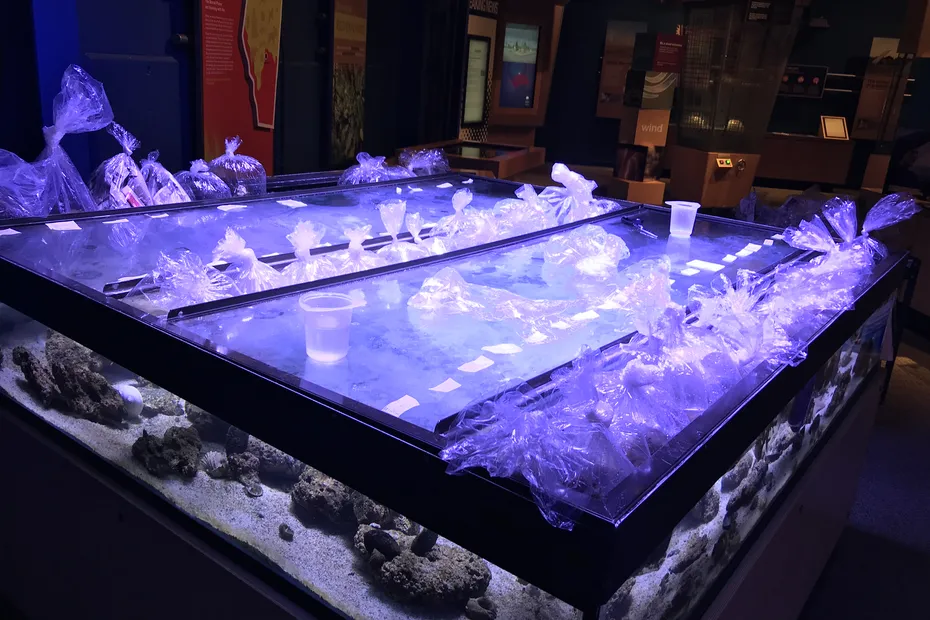
Touch Tank Update
If you visit the science centre regularly, you have likely noticed some changes in the Touch Tank over the last several months
Written by Marie McConnell – Staff Scientist


CuriousCITY
It’s an amazing place where our youngest guests can play and learn.
Written by Samantha Marion, M.Sc. – Staff Scientist

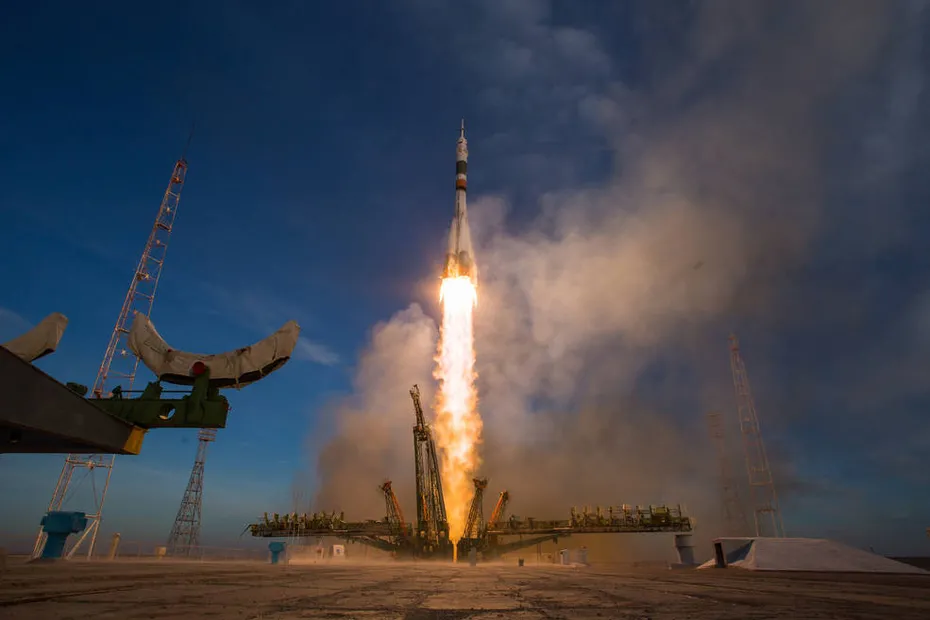
Canada’s Newest Astronaut
“That first sight, that first sunrise, I will never forget” – David Saint-Jacques
Written by Cate Collins – Staff Scientist
Related Articles


Touch Tank Update
If you visit the science centre regularly, you have likely noticed some changes in the Touch Tank over the last several months
Written by Marie McConnell – Staff Scientist


CuriousCITY
It’s an amazing place where our youngest guests can play and learn.
Written by Samantha Marion, M.Sc. – Staff Scientist


Canada’s Newest Astronaut
“That first sight, that first sunrise, I will never forget” – David Saint-Jacques
Written by Cate Collins – Staff Scientist
